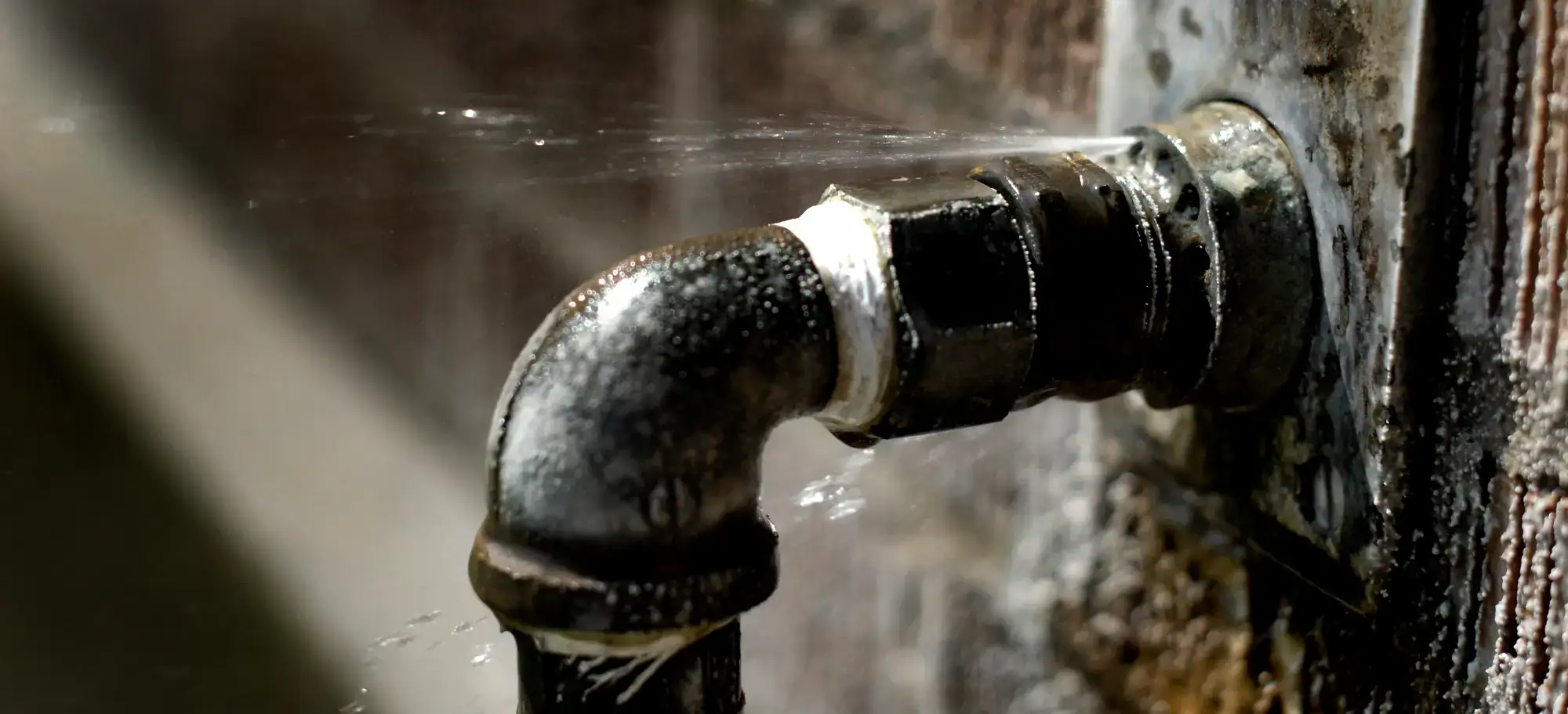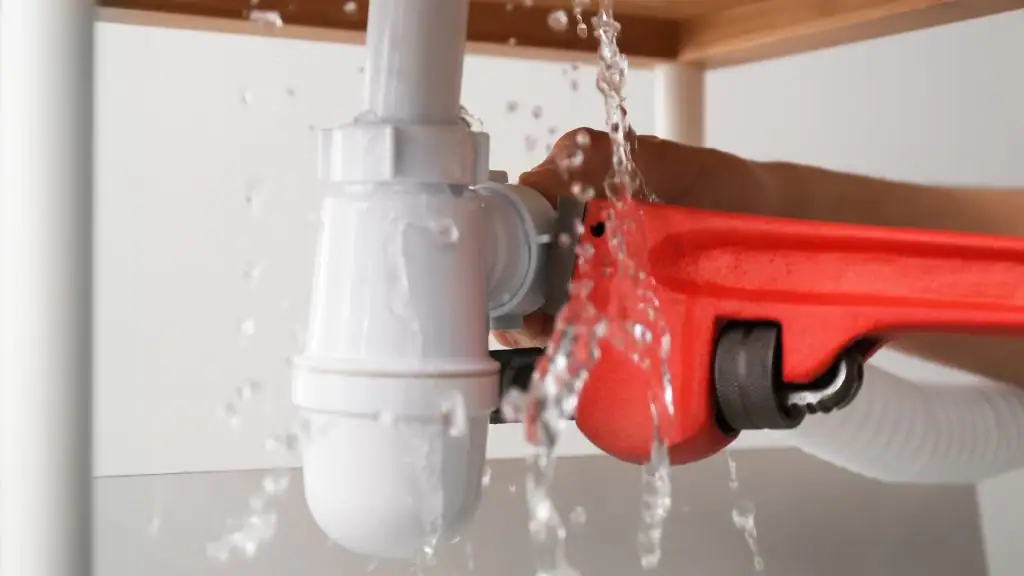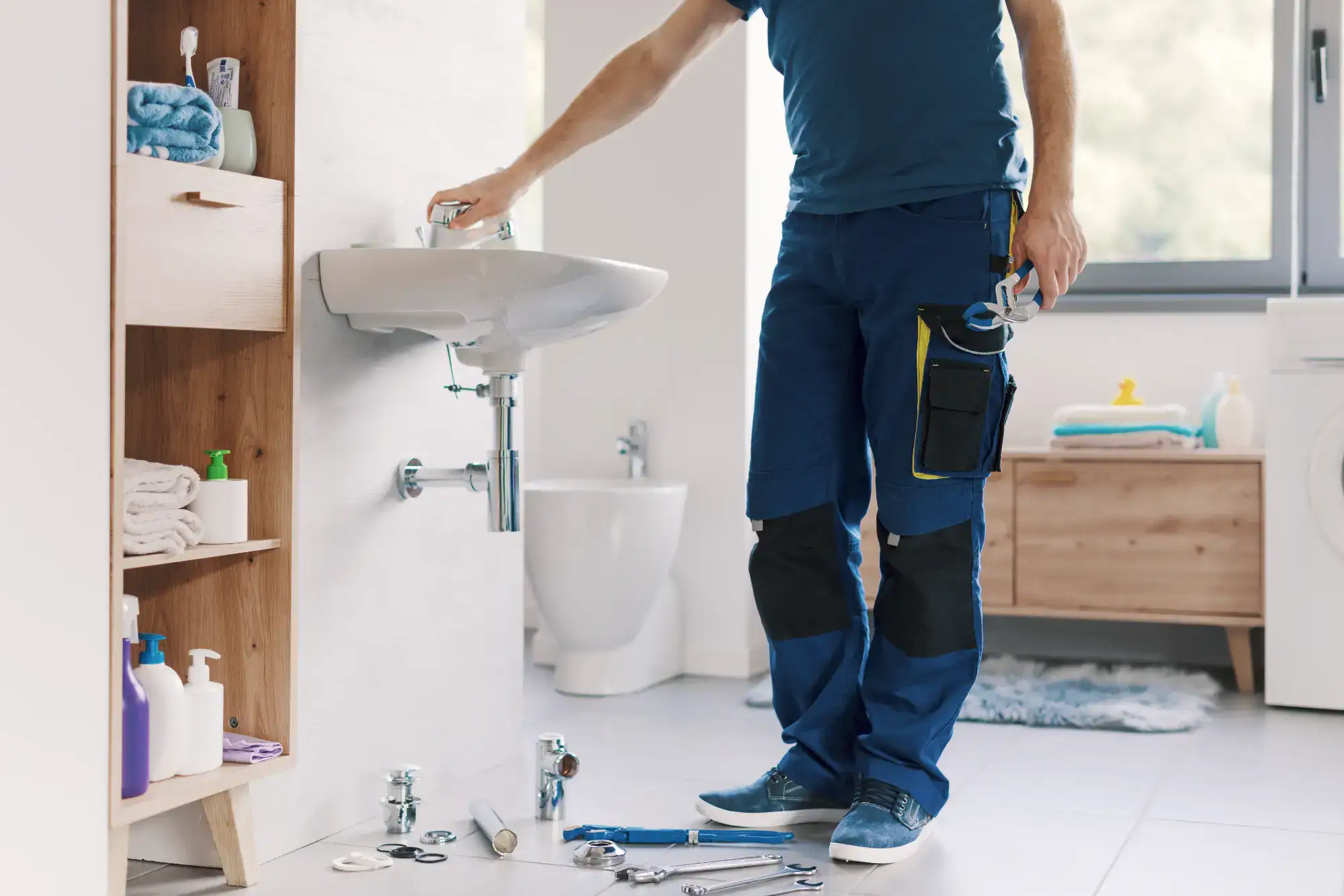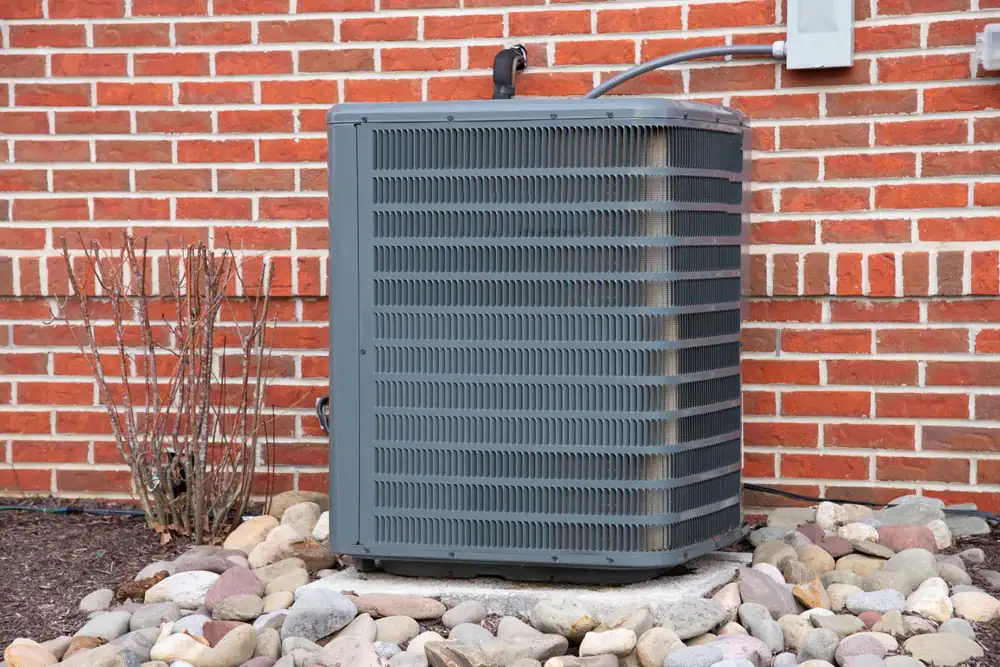Summary:
How Smart Leak Detection Systems Actually Work
Smart leak detection systems use two main approaches to catch water problems before they escalate. Flow-based systems install directly on your main water line and learn your household’s normal usage patterns. When they detect irregular flow that could indicate a leak, they send alerts and can automatically shut off your water supply.
Point-of-leak sensors work differently by placing small devices in high-risk areas like under sinks, near water heaters, and around appliances. These sensors detect moisture on contact and immediately send notifications to your smartphone through Wi-Fi connectivity.
Flow Monitoring Systems: The Whole-House Approach
Flow monitoring systems like the Flo by Moen and Phyn Plus represent the most comprehensive leak detection solution available. These systems install on your main water line and use advanced algorithms to establish your home’s unique water usage patterns over time.
The technology behind these systems is surprisingly sophisticated. They monitor water pressure, flow rate, and usage timing to detect anomalies as small as a dripping faucet. When the system identifies irregular usage—like water running at 3 AM when everyone’s asleep—it sends immediate alerts through smartphone apps, emails, and even phone calls.
What sets these systems apart is their automatic shutoff capability. If a major leak is detected, like a burst pipe, the system can close your main water valve within seconds, potentially saving you thousands in damage. Some systems also perform daily micro-leak tests, running small amounts of water through your system to identify even the smallest leaks that might otherwise go unnoticed for months.
The learning period typically takes about two weeks, during which the system observes your family’s water usage habits. After this period, it becomes remarkably accurate at distinguishing between normal usage spikes and actual problems.
Point-of-Leak Sensors: Targeted Protection for High-Risk Areas
Flow monitoring systems like the Flo by Moen and Phyn Plus represent the most comprehensive leak detection solution available. These systems install on your main water line and use advanced algorithms to establish your home’s unique water usage patterns over time.
The technology behind these systems is surprisingly sophisticated. They monitor water pressure, flow rate, and usage timing to detect anomalies as small as a dripping faucet. When the system identifies irregular usage—like water running at 3 AM when everyone’s asleep—it sends immediate alerts through smartphone apps, emails, and even phone calls.
What sets these systems apart is their automatic shutoff capability. If a major leak is detected, like a burst pipe, the system can close your main water valve within seconds, potentially saving you thousands in damage. Some systems also perform daily micro-leak tests, running small amounts of water through your system to identify even the smallest leaks that might otherwise go unnoticed for months.
The learning period typically takes about two weeks, during which the system observes your family’s water usage habits. After this period, it becomes remarkably accurate at distinguishing between normal usage spikes and actual problems.
Want live answers?
Connect with a Sugar Bear Home Services expert for fast, friendly support.
Are Smart Leak Detection Systems Worth the Investment?
The financial case for smart leak detection becomes clear when you consider the costs of water damage versus the price of prevention. With average water damage claims reaching $9,633 and severe damage potentially costing over $100,000, even premium leak detection systems typically pay for themselves after preventing just one incident.
Beyond damage prevention, these systems offer ongoing savings through reduced water waste and insurance discounts. Many insurance companies now offer premium reductions of up to 8% for homes with comprehensive leak detection systems, recognizing their effectiveness in preventing claims.
Real Cost Analysis: Prevention vs. Repair
Smart leak detection systems range from $20 for basic sensors to over $1,000 for whole-house systems with professional installation. While this might seem expensive upfront, the math becomes compelling when compared to potential damage costs.
In San Francisco specifically, water damage restoration averages $2,710-$2,781 for minor incidents. However, major water damage from burst pipes or slab leaks can easily exceed $50,000 when you factor in structural repairs, mold remediation, and temporary housing costs. The emotional toll of losing irreplaceable items and dealing with insurance claims adds another layer of cost that’s difficult to quantify.
Water waste represents an ongoing expense that smart systems can dramatically reduce. The EPA reports that 10% of homes have leaks wasting over 90 gallons daily—that’s nearly 33,000 gallons annually. In San Francisco, where water rates continue climbing, this waste can cost hundreds of dollars per year. Smart systems typically reduce household water usage by 15%, creating ongoing savings that compound over time.
Insurance discounts provide another financial benefit. Many carriers now offer 5-8% premium reductions for smart leak detection, with some even covering installation costs through rebate programs. For a typical San Francisco homeowner paying $2,000 annually for homeowners insurance, this discount alone can save $100-160 per year.
San Francisco-Specific Considerations
San Francisco’s unique challenges make smart leak detection particularly valuable for local homeowners. The city’s aging infrastructure means many homes have plumbing systems installed decades ago, increasing leak risks. Seismic activity, while usually minor, can stress pipe joints and connections over time, creating slow leaks that go undetected for months.
The city’s varied microclimates also create specific risks. Homes in foggy areas like the Sunset or Richmond districts face different moisture challenges than those in warmer neighborhoods like the Mission. Smart sensors that monitor both water and humidity can help prevent mold issues that are particularly problematic in San Francisco’s naturally damp environment.
Property values in San Francisco make water damage protection even more critical. With median home values exceeding $1.3 million, even minor water damage can significantly impact your investment. Smart leak detection systems help preserve property values by preventing the kind of moisture problems that can affect structural integrity and create ongoing maintenance issues.
Local building codes and earthquake retrofitting requirements also factor into the equation. Many San Francisco homes undergo seismic upgrades that can disturb existing plumbing. Installing smart leak detection during these projects provides ongoing monitoring of newly connected systems and can catch issues before they become major problems.
Making the Right Choice for Your San Francisco Home
Smart leak detection systems offer compelling benefits for San Francisco homeowners, particularly given the city’s aging infrastructure and high property values. The combination of damage prevention, water savings, and insurance discounts typically justifies the investment within the first few years.
The key is choosing the right system for your specific situation and ensuring proper installation. Whether you opt for comprehensive flow monitoring or targeted point-of-leak sensors, the peace of mind and financial protection these systems provide make them a smart investment for most homeowners.
When you’re ready to protect your San Francisco home with smart leak detection, we at Sugar Bear Home Services can help you evaluate your options and ensure professional installation that maximizes your system’s effectiveness.





